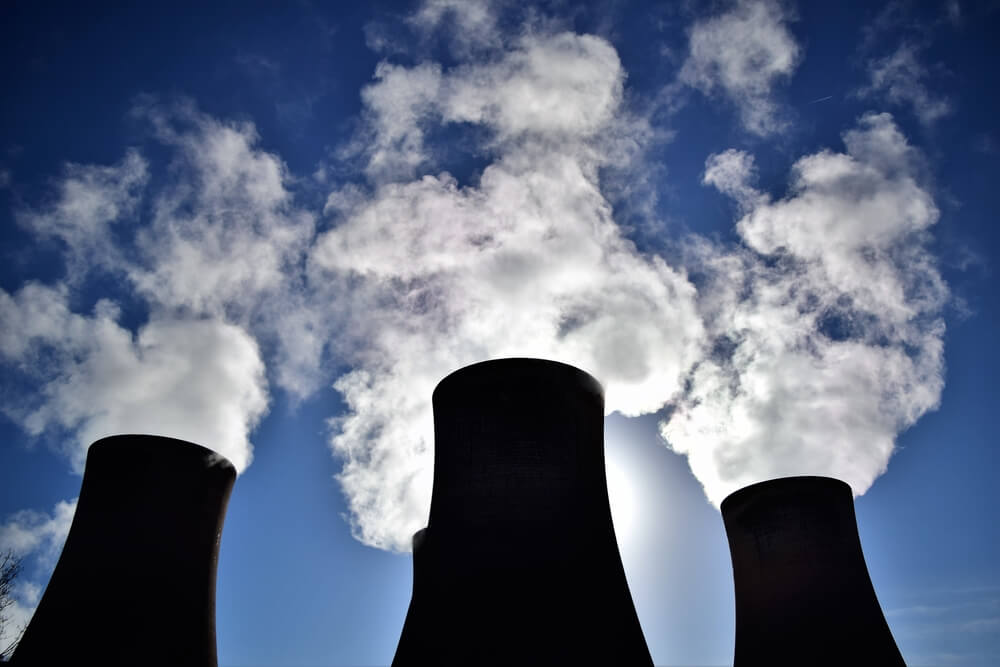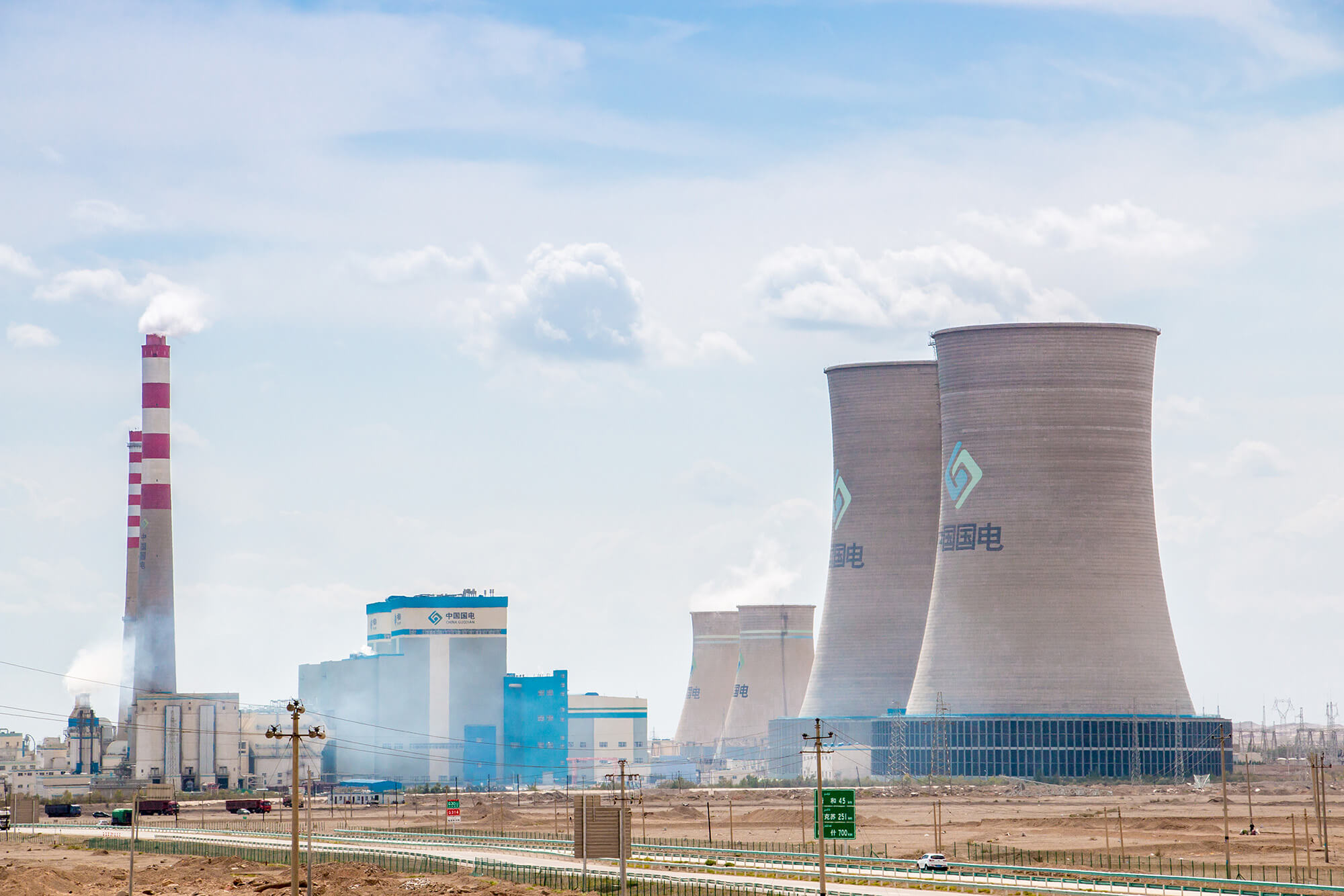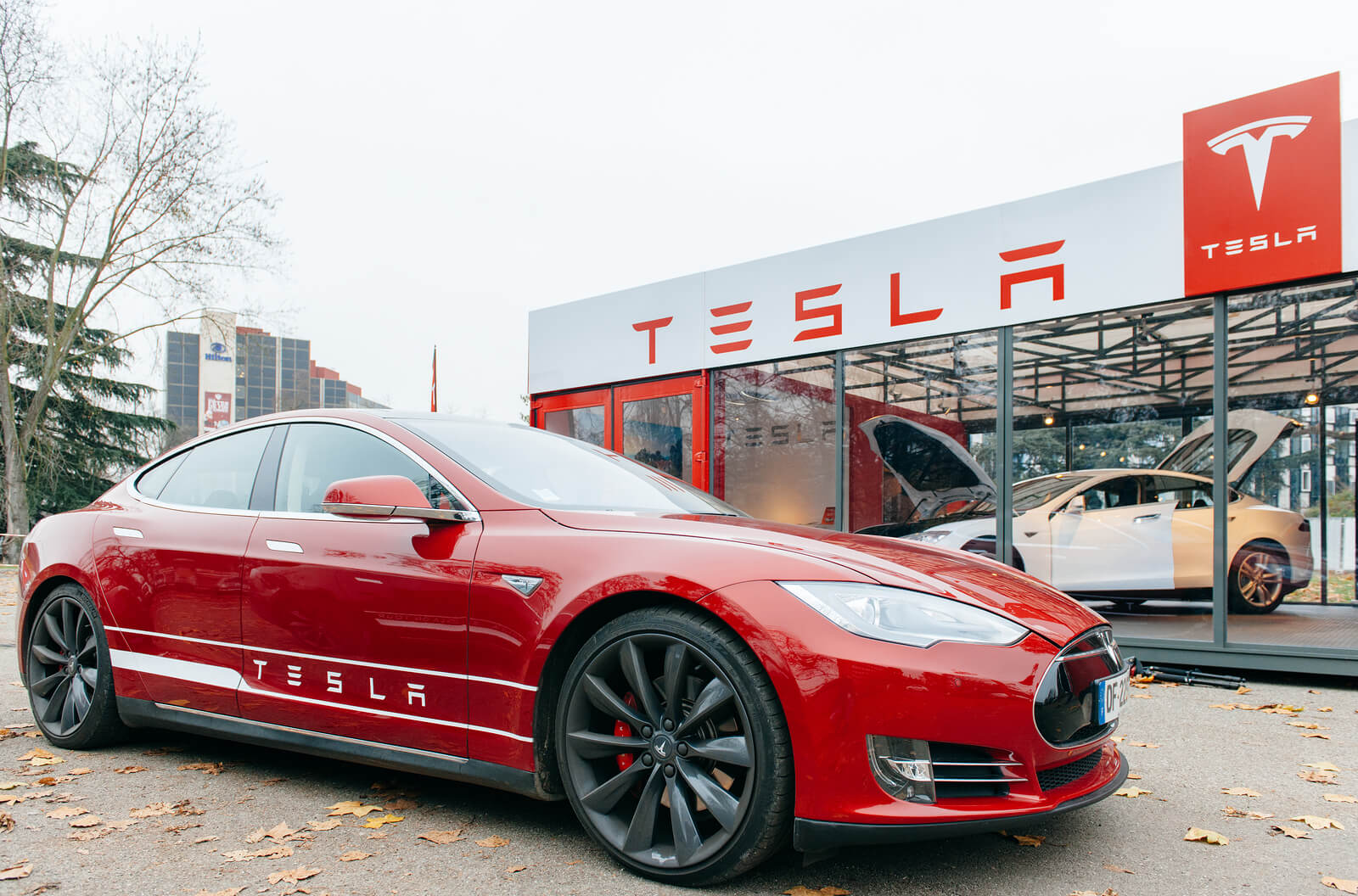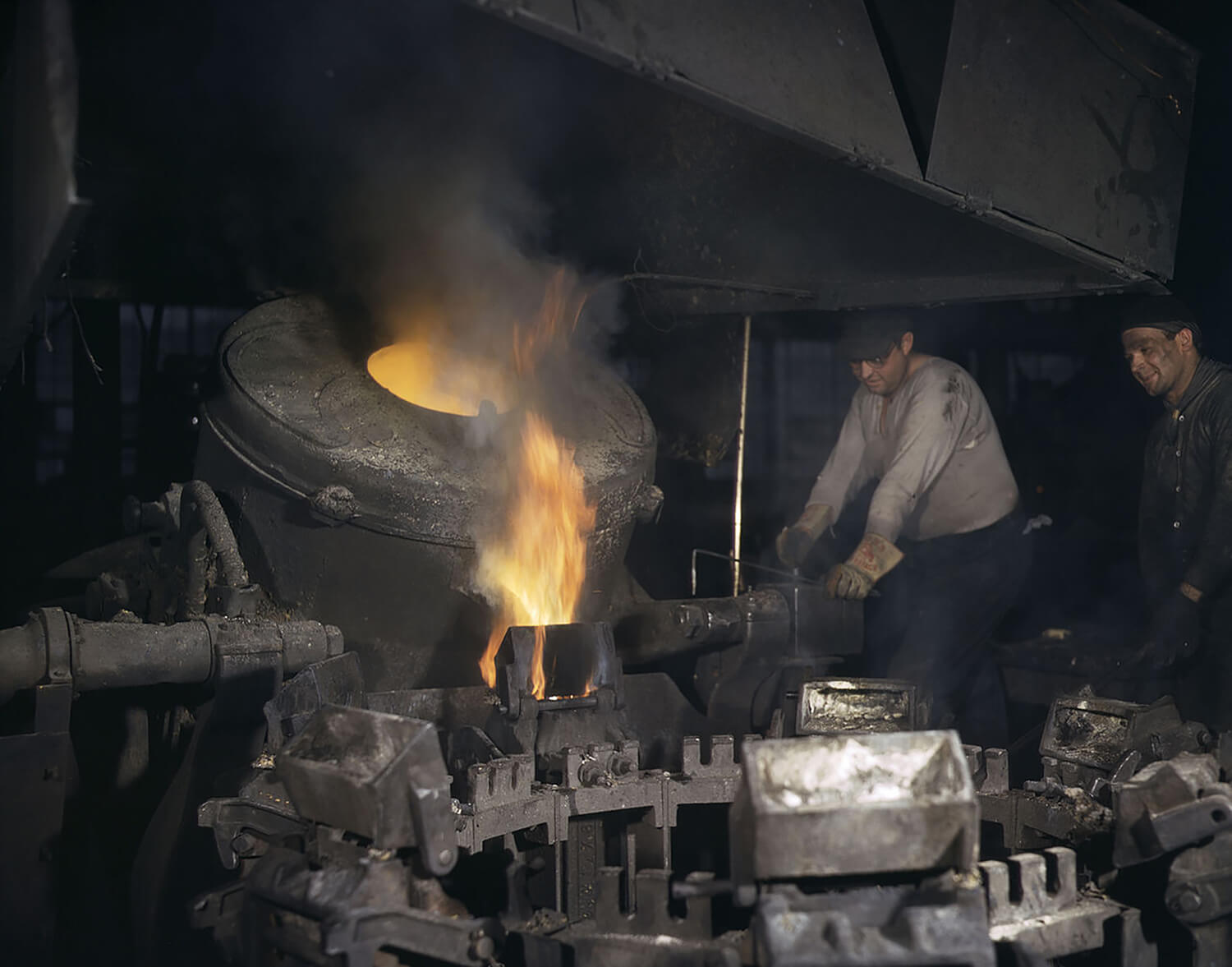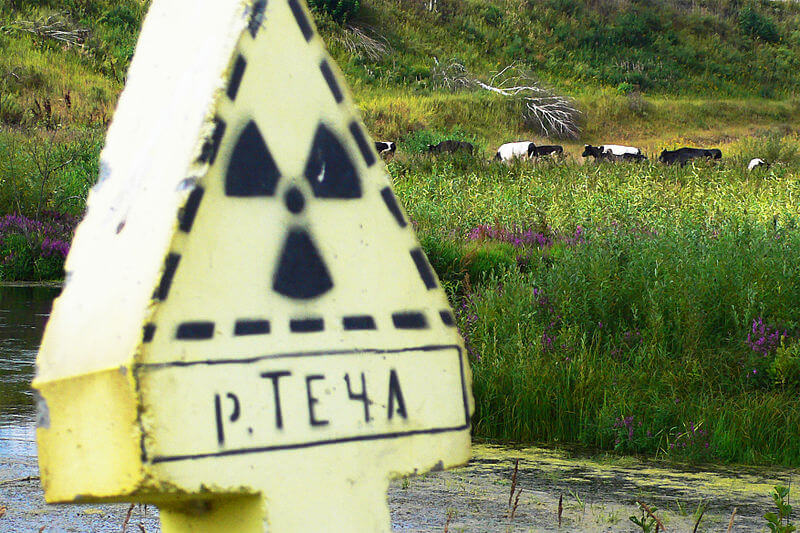At the recent “Future of the Blue Economy” conference in Newport, Rhode Island, entrepreneurs and their investors were talking about breakthroughs, but the term they used — replacing “Sputnik moment” — was “SpaceX moment.”
That was a salute to the extraordinary precision engineering that enables the booster stage of Elon Musk’s SpaceX rocket to reposition itself on the launch pad after firing. It is inspiring to watch, but there must have been untold preparation, thought and planning to bring about that seemingly miraculous engineering feat.
All hail Elon Musk, boss of SpaceX!
Sadly, none of that precision preparation, thinking and planning has gone into Musk’s latest venture, the Department of Government Efficiency.
It has raged across the government, leaving a trail of havoc, shattered careers, broken departments, endangered missions: techno-barbarians running wild inside the government.
In the history of social engineering, nothing as vast and self-defeating has been attempted since Chairman Mao’s Cultural Revolution set China back decades.
Prepare for a similar dividend from the President Trump-Musk efficiency team. If they had approached launching a rocket the same way they have sought to make the government more efficient under the mantra “waste, fraud and abuse,” they would have piled a jerry-built rocket atop a pile of explosives and lit a match. Result: a catastrophic failure.
There are things here which are beyond explanation. Trump has run businesses. He knows if you fire half the front desk staff in a hotel, things aren’t going to go smoothly. If you berate the staff and accuse them of waste, fraud and abuse, essentially stealing, morale will plunge.
In the Soviet Union there was an adage: They pretend to pay us, and we pretend to work. An awful lot of government workers who haven’t lost their jobs but are disconsolate will be pretending to work for the rest of the Trump administration. Efficiency? Hardly. Many will efficiently do nothing.
Everything about the unleashing of the DOGE suggests that it had little preparation and little planning. Particularly, Musk and his crew knew nothing about the departments they were savaging. Hence, the embarrassment with the nuclear workers at the Department of Energy. Or the folly of shutting the window through which most of the world saw America’s goodness, the U.S. Agency for International Development.
We have as a society a tendency to believe that those who are good at one thing must be good at everything, something which might be called “success syndrome.”
This was on display during the energy crisis which erupted in the fall of 1973 with the Arab oil embargo and lasted through the Iranian revolution of 1979 and beyond, toppling governments and driving inflation. Many thought that proven inventors, like Edwin Link, the creator of the first flight simulator for pilot training, and Edwin Land, creator of the Polaroid camera, were expected to be able to invent us out of the oil shortage. They didn’t.
Good, patient science, regulatory reform and entrepreneurial courage did that.
Another myth is that if only you put a tough businessperson in the White House, someone who will apply their foot to the rear end of the bureaucracy, wondrous things will happen.
We have a businessperson and a brilliant inventor at the controls in Washington, and so far, the kicking of the bureaucracy with the aid of high-tech tools has produced chaos in the government workplace and devastating consequences globally.
Taken together the evidence that you can’t run a government as a private company and great inventors —even one so remarkable that he has made the greatest fortune ever — can’t reinvent government without some coherent planning.
Musk was given a chainsaw as a symbol at the CPAC meeting in Washington. They are useful but dangerous tools, as any emergency-room physician who has had to sew up an over-exuberant operator can tell you. Trump and Elon Musk appear to be attempting what should be delicate surgery with one.
A restraining of the bureaucracy may be overdue, but the bloodbath is going to weaken the patients, rendering them unfit for duty at a critical time.
A chainsaw moment is not a SpaceX moment.


